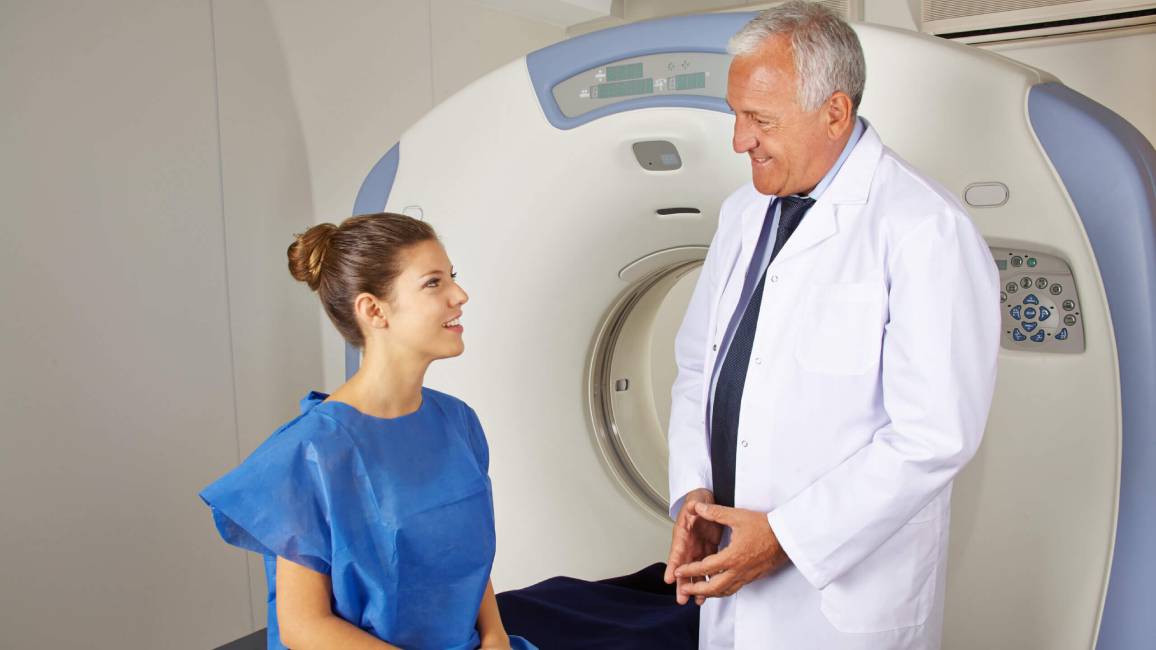Understanding the Role of MRI in Diagnosing Joint and Soft Tissue Injuries

Strong 8k brings an ultra-HD IPTV experience to your living room and your pocket.
Magnetic Resonance Imaging (MRI) has become an indispensable tool in modern medicine, especially for diagnosing joint and soft tissue injuries. Unlike traditional imaging methods, MRI provides detailed images of soft tissues, making it invaluable for assessing conditions that affect muscles, ligaments, tendons, and cartilage. This article delves into how MRI aids in diagnosing these injuries, its advantages over other imaging techniques, and its role in treatment planning.
What is MRI and How Does it Work?
MRI is a non-invasive imaging technique that uses a magnetic field and radio waves to create detailed images of the organs and tissues within the body. Unlike X-rays or CT scans, MRI does not use ionising radiation, making it a safer option for repeated use. The technology is particularly adept at visualising soft tissues, providing clearer images of muscles, ligaments, and cartilage.
The Importance of MRI in Diagnosing Joint and Soft Tissue Injuries
1. Detecting Soft Tissue Injuries
Soft tissue injuries, such as ligament sprains, tendon tears, and muscle strains, are often challenging to diagnose with conventional imaging techniques. MRI excels in visualising these injuries, allowing healthcare providers to assess the extent of damage and plan appropriate treatment. For instance, MRI service can detect tears in ligaments like the anterior cruciate ligament (ACL) in the knee or the rotator cuff in the shoulder .
2. Assessing Cartilage Damage
Cartilage damage, often resulting from conditions like osteoarthritis or trauma, can lead to joint instability and pain. MRI is particularly effective in evaluating cartilage integrity, providing detailed images that assist in diagnosing cartilage defects and planning surgical interventions if necessary .
3. Identifying Bone Stress Injuries
While X-rays are commonly used to detect fractures, they may not reveal stress fractures or early bone injuries. MRI is highly sensitive in detecting these conditions, allowing for early diagnosis and management, which is crucial in preventing further complications .
Advantages of MRI Over Other Imaging Techniques
1. Superior Soft Tissue Imaging
MRI provides high-resolution images of soft tissues, making it the preferred choice for evaluating joint and soft tissue injuries. This capability allows for accurate assessment of the extent and nature of injuries, facilitating informed decision-making in treatment planning.
2. Non-Invasive and Safe
Unlike CT scans and X-rays, MRI does not involve exposure to ionising radiation, making it a safer option, especially for individuals requiring multiple imaging studies. This non-invasive nature also means there is no need for surgical procedures to obtain images, reducing patient risk.
3. Multi-Planar Imaging
MRI can capture images from multiple angles, providing a comprehensive view of the affected area. This multi-planar capability enhances the accuracy of diagnoses and aids in planning surgical or therapeutic interventions.
MRI in Treatment Planning
Accurate diagnosis through MRI allows healthcare providers to develop effective treatment strategies. For example, in cases of ligament tears, MRI helps determine the severity of the injury, guiding decisions on whether surgical intervention is necessary or if conservative treatments like physical therapy would suffice. Additionally, MRI can monitor the healing process, ensuring that treatment plans are adjusted as needed to promote optimal recovery .
Limitations and Considerations
While MRI is a powerful diagnostic tool, it is not without limitations. The cost of MRI scans can be higher compared to other imaging methods, which may limit accessibility for some patients. Additionally, certain conditions, such as severe claustrophobia or the presence of metal implants, may preclude the use of MRI. It is essential for healthcare providers to consider these factors when recommending MRI as a diagnostic tool.
Real-World Application
Consider a patient presenting with knee pain following a sports injury. Initial X-rays may not reveal any fractures, but the patient continues to experience discomfort. An MRI scan can provide detailed images of the knee's soft tissues, revealing a torn meniscus or damaged ligaments. This information allows the healthcare provider to recommend an appropriate treatment plan, which may include surgery or physical therapy, tailored to the specific injury.
Conclusion
MRI has revolutionised the diagnosis and management of joint and soft tissue injuries. Its ability to provide detailed images of soft tissues without the use of ionising radiation makes it an invaluable tool in modern medicine. By facilitating accurate diagnoses and informed treatment planning, MRI plays a crucial role in helping patients recover from injuries and return to their daily activities.
For individuals seeking expert assessment and management of joint and soft tissue injuries, consulting with specialists who utilise advanced imaging techniques can provide comprehensive care tailored to individual needs.
Note: IndiBlogHub features both user-submitted and editorial content. We do not verify third-party contributions. Read our Disclaimer and Privacy Policyfor details.


